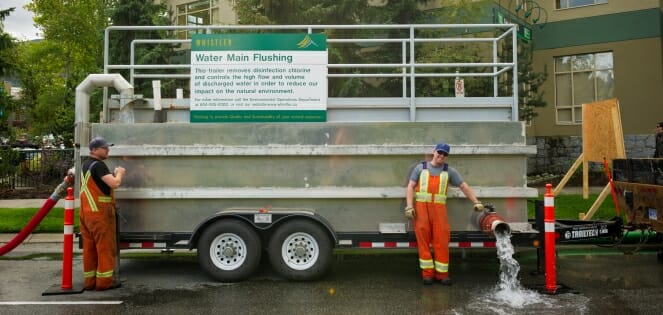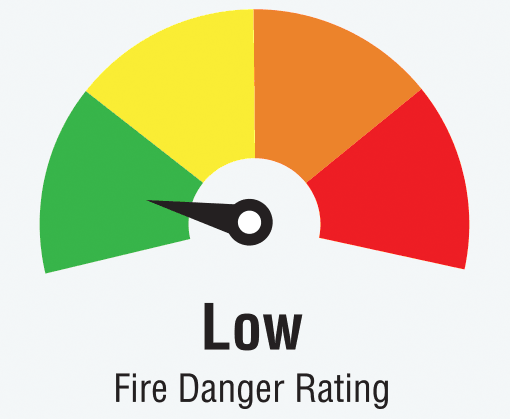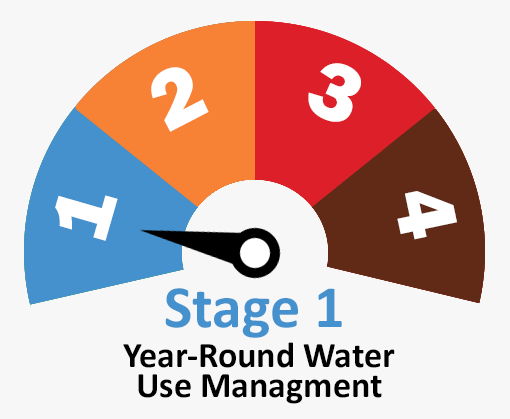
The Resort Municipality of Whistler (RMOW) conducts comprehensive water line flushing annually from April to October to maintain safety and enhance the quality of the municipal drinking water.
Overview
- Flushing generally is conducted between 8 a.m. and 4 p.m. Monday through Friday, and takes about 30 minutes to flush.
- Areas with high water volume usage such as the Village zone will cease flushing services during the summer to maintain adequate reservoir storage levels.
- Usually, you will not be aware that flushing is taking place in your neighborhood. While the water line is being flushed, the homes on that block may experience discoloured water or a drop in water pressure.
- You should limit or avoid using water during the times when crews are flushing in your area.
- Commercial businesses, such as laundromats, spas, restaurants and hotels, may contact the RMOW Environmental Operations Department at 604-935-8300 for further details and advance warning of flushing in their areas.
Frequently Asked Questions
What is flushing?
- Flushing is a process that rapidly moves water through the piping system using water velocity to scour out materials that accumulate in the municipality’s pipes.
- Flushing is standard practice for proper water system maintenance.
What should I do if I see discoloured water coming out of my faucet?
While unlikely, should a reddish, yellow, or brown tint to the water appear, do not be alarmed.
- It is recommended you do not use the water for about two hours. This will give the sediment time to settle.
- After two hours, run a cold faucet for about five minutes to make sure the water is clear.
- Do not choose a faucet with a water filter connected to it, as sediment may clog the filter.
- Do not use a hot water tap as doing so may draw sediment into your hot water tank.
If the water does not clear within a couple of hours, call 604-935-8300.
Why is flushing needed?
- It removes sediment like rust and mineral particles to build up over time and accumulate along the pipe’s bottom.
- It removes the buildup of bacteria known as “biofilm” which can coat the pipe’s inner surface.
- It reduces the effects of corrosion.
Is flushing a waste of water?
RMOW staff follow procedures when flushing that minimize the amount of water used. Flushing is necessary to maintaining healthy drinking water.
What if someone accidentally drinks coloured water?
Drinking discoloured water should not make you sick or have adverse health effects. However, it may not smell, look or taste very good.
Will flushing affect the natural environment?
The RMOW takes all precautions to protect the environment and maintain water quality.
- Unidirectional flushing reduces the collective impact on the natural environment because it results in less disinfection chemicals being used, increases distribution efficiency, and reduces overall water use.
- A de-chlorination trailer is used to remove disinfection chemicals and control the high flow and volume of discharge water, minimizing erosion and effects on natural water courses.
Why aren’t crews flushing in my area?
In the RMOW, many areas have privately owned water mains and hydrants. These lines and fixtures remain the responsibility of the owners, and the RMOW does not conduct water main flushing on private water lines or hydrants.
Are there other cities that do water main flushing?
Many cities across North America use unidirectional flushing as a regular part of their maintenance programs. This is considered the best method for cleaning water mains and improving distribution reliability.


